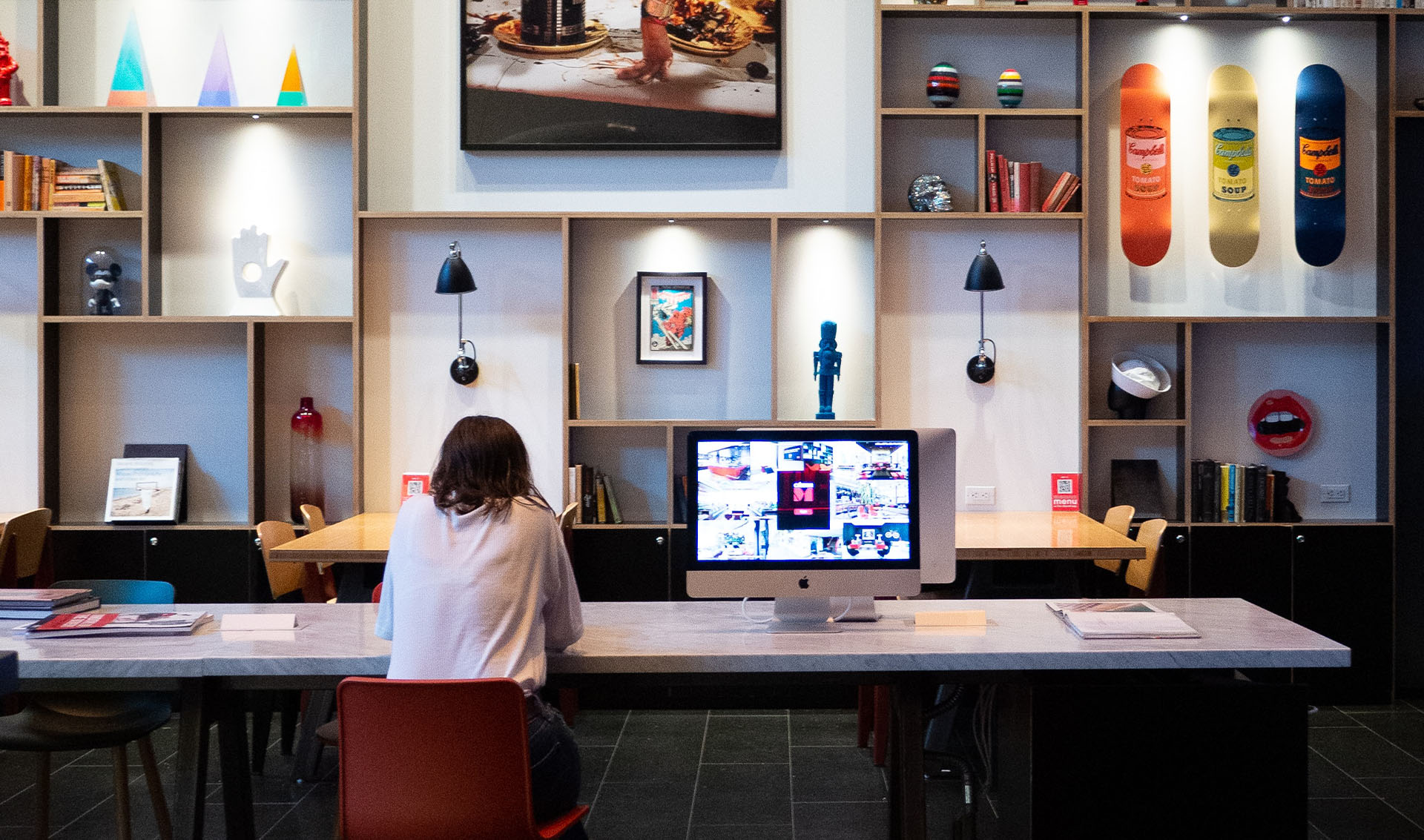


A recent report published by Ragan Consulting Group claims that intranets alone can no longer meet the needs of many modern organizations. In fact, the claim’s a bit bolder than that, and the title says it all, really: The Intranet is Dead, Long Live the Digital Workplace.
Written by Shel Holtz, Certified Strategic Communication Management Professional and Director of Internal Communication at Webcor, the report suggests the only remedy for today’s businesses is to invest in a full digital workplace, where processes are automated, knowledge-sharing is simplified, and communication and collaboration are seamless.
You can read the report in full here. In the meantime, here’s what you need to know.
Intranets have been around for a long time
The term ‘intranet’ was actually coined in 1994. Back then, intranets functioned as internal versions of the World Wide Web, allowing organizations to share information privately online. These early ‘corporate webs’ offered both freedom from desktop storage and new ways to communicate with employees en masse – so it’s probably unsurprising that they quickly became the primary channel for many organizations to share updates and documents.
Another perk of these intranets was the extremely low cost of publishing they offer, compared to printed communications. Not only did organizations save money, but they were able to share more with staff.
Perhaps best of all – intranets enable staff to communicate instantly, no matter where they are in the world.
Is there anything intranets can’t do? Actually, yes…
But 2021 isn’t 1994. And while both intranets and the needs of the organizations who use them have quickly evolved, frustrations are beginning to emerge.
For a start, employees today require more software than ever for even simple tasks. Being able to easily access company documents is just the start – with most employees relying on vast networks of tools.
Many intranets simply aren’t built to offer sufficient integration, meaning staff are constantly jumping between their intranet and other tools, like Slack and Teams. This not only wastes time and lowers productivity, but creates stress for staff, who feel like they’re being forced to juggle endless applications, with no one single source of truth. Not to mention, this tab-hopping increases the likelihood of important messages being missed or ignored due to alert fatigue.
Then there’s the issue of personalization. Most intranets provide a single view of content to all users – whether that’s the VP of Sales or a worker on the shop floor. Although some teams and departments might have their own landing pages, most people are still having to scroll through content that isn’t timely or relevant to them in order to find the things they need.
Staff understandably have little patience for these drawbacks. In an age where almost all of us are regularly using consumer-grade technology outside of work, user standards are higher than ever. If an organization’s intranet can’t compete with much-loved social media platforms in terms of appearance and UX design, it’s likely that staff won’t use it – or at least not properly.
All too often, employees go rogue, turning to non-compliant platforms to fill the gaps.
Digital workplaces are the future
The word intranet is outdated. It conjures images of a links graveyard nobody visits. But it’s not just about the word. The purpose, capabilities, and vision are all outdated when it comes to intranets, and an evolution is needed.
The term ‘digital workplace’ more fully encompasses the ways a contemporary intranet can optimize performance and house the organization’s operations in a central hub.
A digital workplace houses all the tools, apps, data, and resources an organization needs to really flourish. When it comes to communication, a digital workplace doesn’t just allow organizations to push out messages to staff. It opens up communication, making it easy for employees to join the conversation.
At Beezy, we’ve taken the best features from familiar social platforms – like the ability to engage with posts by liking and commenting or posting key messages through visual comms with our Stories features, for example.
With an intelligent digital workplace, you’ll also get improved workflows, through integrations with third-party platforms teams and departments rely on (like ServiceNow and Workday, for example). By bringing these tools together, there’s no need to jump from app to app and screen to screen.
Personalized newsfeeds put key information right in front of employees, and advanced filtering and tagging capabilities allow them to quickly sort through knowledge from across the entire organization in seconds. This means less time spent toggling between platforms and less worrying about losing documents or missing important communications. The result? A workplace that’s more connected, more engaged, and happier.
Not a bad legacy for those intranets after all.
Check out the Ragan report here.
These Stories on digital workplace

No Comments Yet
Let us know what you think